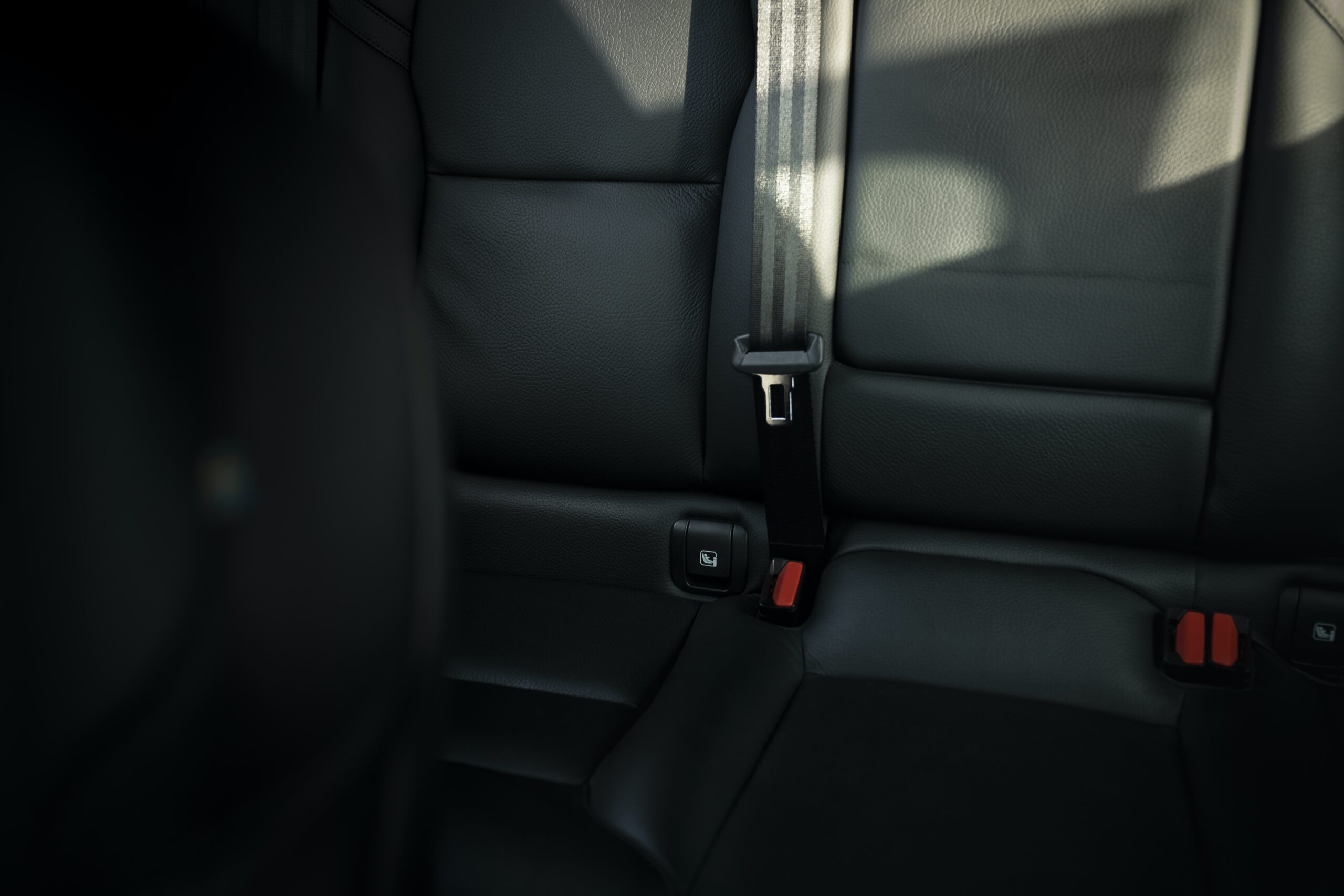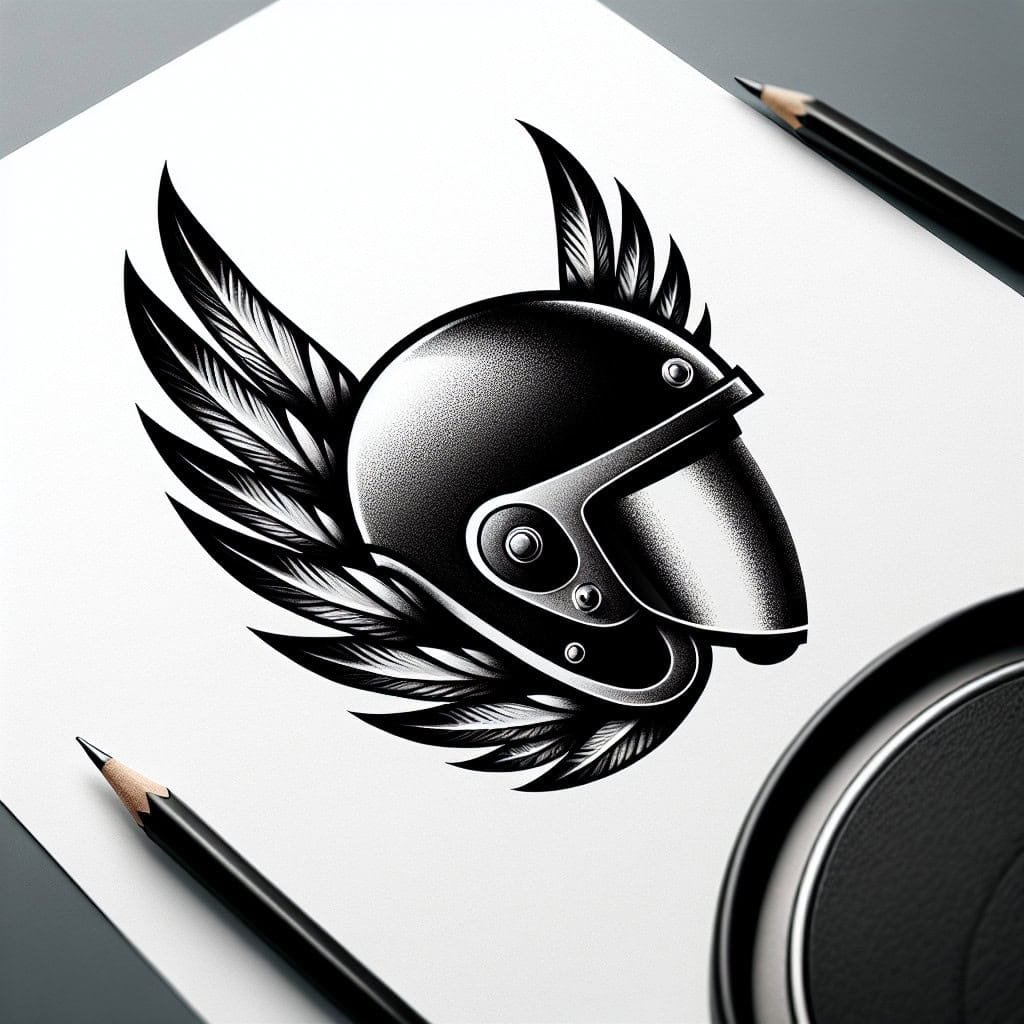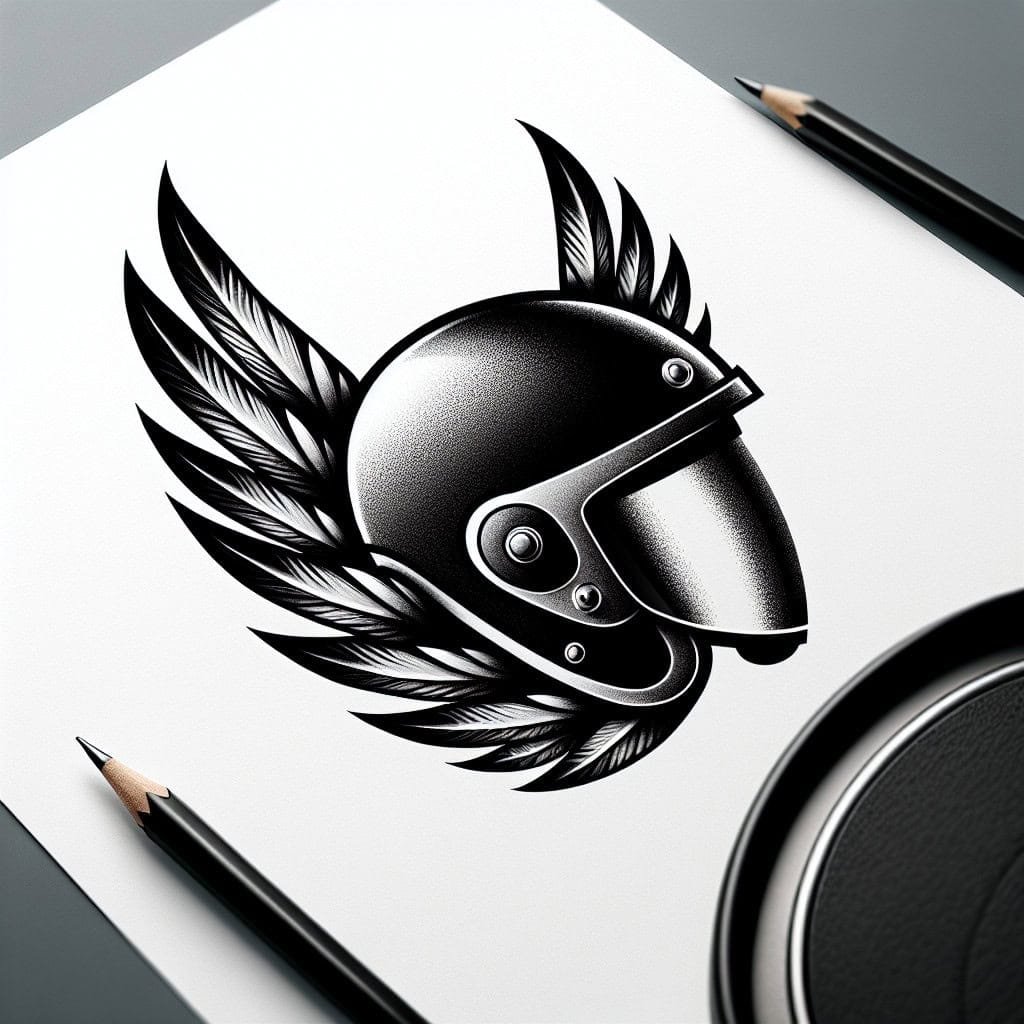Finding the right balance between safety and mobility when it comes to choosing protective gear is essential. Whether you’re engaged in sports, outdoor activities, or manual labor, you want to ensure that your gear provides adequate protection while still allowing you to move freely. But how do you navigate the sea of options and make the best choice? In this article, we will explore some key factors to consider when selecting protective gear, enabling you to stay safe and mobile simultaneously. So let’s gear up and dive into the world of protective gear!
Factors to Consider When Choosing Protective Gear
When selecting protective gear, it’s important to consider various factors to ensure you find the right gear that offers both safety and mobility. Here are some key factors to keep in mind:
Level of Protection
The first factor to consider is the level of protection offered by the gear. Different activities and sports may require varying levels of protection. Assess the risks involved in your specific activity and choose gear that provides adequate protection. Look for gear that meets safety standards and has certifications to ensure reliability.
Mobility
Another crucial factor to consider is the gear’s impact on your mobility. While safety is essential, you don’t want gear that restricts your movement and hinders your performance. Look for gear that allows you to move freely, ensuring that it doesn’t limit your range of motion, especially in critical areas like joints.
Comfort
Comfort plays a significant role in choosing protective gear. If your gear is uncomfortable to wear, it can distract you and impact your focus. Seek gear that is designed with comfort in mind. Look for features such as padded linings, ergonomic designs, and breathable fabrics that prioritize your comfort during prolonged use.
Fit
A proper fit is crucial for both safety and mobility. Ill-fitting gear can be ineffective and may even pose a risk. Take accurate measurements and refer to sizing guidelines provided by manufacturers. Consider adjustable straps and buckles to customize the fit. Trying on the gear before purchasing is recommended to ensure the perfect fit.
Durability
Protective gear should be built to last. Durability ensures that your gear can withstand the demands of your activity and maintain its protective qualities over time. Look for high-quality materials, reinforced stitching, and sturdy construction to ensure durability. Investing in well-made gear can save you money in the long run by avoiding frequent replacements.
Types of Protective Gear
Now that we’ve discussed the essential factors to consider, let’s explore the different types of protective gear available:
Helmets
Helmets are essential for protecting your head during various activities, such as cycling, skateboarding, or skiing. Look for helmets that meet safety standards and have features like impact-absorbing foam, proper ventilation, and adjustable straps for a secure fit.
Body Armor
Body armor is designed to protect your torso, chest, and back. It’s commonly used in activities like motorcycling, mountain biking, or snowboarding. Opt for body armor made from durable materials with padding or protective plates strategically placed to safeguard vital areas.
Protective Gloves
Protective gloves help shield your hands and fingers from injuries. They are particularly important for activities such as motorcycle riding or skiing. Look for gloves with reinforced palms, finger protection, and a snug fit that doesn’t compromise dexterity.
Knee and Elbow Pads
Knee and elbow pads are crucial for protecting these vulnerable joints during high-impact activities or sports like skateboarding, rollerblading, or martial arts. Choose pads that are well-padded, have durable outer shells, and adjustable straps for a secure and comfortable fit.
Protective Footwear
Protective footwear is essential in various activities such as biking, hiking, or construction work. It should provide support, cushioning, and protection for your feet. Look for sturdy materials, ankle support, and proper traction to prevent slips and falls.

Finding the Right Fit and Size
To ensure the effectiveness and comfort of your protective gear, finding the right fit and size is crucial. Here are some key points to consider:
Importance of Proper Fit
Having a proper fit is essential for protective gear. Ill-fitting gear can fail to protect you adequately and may even be more dangerous than not wearing any gear at all. A snug fit ensures the gear stays in place during movement and offers the intended protection.
Measuring and Sizing Guidelines
When purchasing protective gear, take accurate measurements of the relevant body parts and refer to the manufacturer’s sizing guidelines. Each brand might have slightly different sizing standards, so be sure to follow the specific guidelines to find the right size for your measurements.
Trying On the Gear
Whenever possible, try on the gear before making a purchase. This allows you to assess the fit, comfort, and mobility firsthand. Ensure the gear allows for free movement without any restriction, especially in critical areas like joints. Adjust any straps or buckles for a customized fit.
Balancing Safety and Mobility
Balancing safety and mobility is paramount when choosing protective gear. Here are some key features to look for to achieve this balance:
Lightweight Materials
Opt for gear made from lightweight materials that don’t compromise safety. Advanced materials like carbon fiber and high-density foam offer excellent protection while keeping the gear lightweight and comfortable.
Articulated Designs
Look for gear with articulated designs that mimic the natural movement of your body. These designs allow for greater mobility without sacrificing protection. Consider gear with joints or flex zones that allow your body to move naturally.
Effective Ventilation Systems
To prevent overheating and discomfort, choose gear with effective ventilation systems. Look for breathable fabrics, strategically placed vents, or mesh panels that allow for airflow. Proper ventilation enhances comfort and helps regulate body temperature during physical activities.
Flexible Impact Protection
Gear with flexible impact protection absorbs and disperses impact forces while allowing for freedom of movement. Look for protective elements like flexible padding or padding made from impact-absorbing materials such as EVA foam or gel inserts. This ensures both safety and flexibility.
Adjustable Straps and Buckles
Gear with adjustable straps and buckles allows for customization of the fit to your body. This ensures a secure fit and prevents gear from shifting or sliding during movement. Adjustable straps and buckles also accommodate different layering of clothing for varying weather conditions.

Impact Protection Technologies
Protective gear often incorporates various impact protection technologies to enhance safety. Here are some commonly used impact protection technologies:
Foam Padding
Foam padding is a common material used in protective gear. It provides cushioning and absorbs impacts to reduce the risk of injury. Look for gear with thick, high-density foam padding strategically placed in vulnerable areas.
Gel Inserts
Gel inserts add an extra layer of protection and cushioning. They distribute impact forces over a larger area, reducing the risk of localized injuries. Look for gear with gel inserts in high-impact areas such as palms, knees, or elbows.
Shock Absorbing Materials
Gear made from shock-absorbing materials like polyurethane foam or rubber provides excellent impact protection. These materials absorb and disperse impact forces, minimizing the risk of serious injuries.
Hard Shell Protection
Some gear incorporates hard shells made from materials like ABS plastic or carbon fiber. Hard shells offer superior protection against blunt force impacts and abrasions. Look for gear with strategically placed hard shells in areas prone to impact, such as the back or elbows.
Considering Usage and Specific Needs
When selecting protective gear, it’s important to consider your specific needs and the nature of your activity. Here are some factors to take into account:
Sports-specific Gear
Different activities require gear designed specifically for that sport. For example, if you are a cyclist, consider helmets and padded shorts designed for cycling. Each sport has unique risks and demands, so choose gear that addresses those specific needs.
Climate and Weather Conditions
Consider the climate and weather conditions in which you’ll be using the gear. If you live in a hot and humid area, look for gear with excellent ventilation and moisture-wicking properties. Cold and wet conditions may require water-resistant or insulated gear.
Gender-specific Gear
Some gear is designed with gender-specific considerations in mind. Women’s gear may be tailored to fit the female physique better. Look for gear that offers options specific to your gender for optimal comfort and protection.

Budget and Price Range
Protective gear can come with varying price ranges. Here are some guidelines to consider when making a budget-conscious decision:
Research and Compare Prices
Before making a purchase, research and compare prices from different brands and retailers. Look for sales, discounts, or promotions to get the best value for your money. Additionally, consider purchasing gear from reputable brands to ensure quality and reliability.
Quality vs. Price
Although budget is a consideration, it’s important not to compromise on quality for a lower price. Durability and effective protection should be prioritized over choosing the cheapest option available. Investing in well-made gear can provide long-term value and better protection in the long run.
Consider Long-term Value
When assessing the price of protective gear, consider the long-term value it offers. Cheaper gear may need to be replaced more frequently, making it less cost-effective in the long run. Opt for gear that strikes a balance between price and durability, ensuring that it will last you through multiple uses.
Maintenance and Care
Proper maintenance and care can prolong the lifespan of your protective gear. Here are some tips to keep your gear in optimal condition:
Cleaning and Washing Instructions
Follow the manufacturer’s cleaning and washing instructions to avoid damaging your gear. Some gear may be machine washable, while others require hand washing. Use mild detergents and avoid harsh chemicals. Regular cleaning removes dirt, sweat, and odor, preserving the integrity of your gear.
Replacing Worn-out Parts or Gear
Inspect your gear periodically for signs of wear and tear. Replace worn-out or damaged parts promptly to maintain the gear’s effectiveness. Padded inserts, foam padding, or straps may need replacement over time. It’s essential to have gear that is fully functional and intact.
Storage and Protection
Proper storage is crucial to protect your gear when not in use. Store gear in a cool, dry place away from direct sunlight, extreme temperatures, or humidity. Avoid compressing or folding gear in ways that distort its shape. Use gear bags or cases designed for specific gear to protect it from dust, moisture, and other potential damage.

Seeking Professional Advice
If you’re unsure about which gear is best for your needs, consider seeking advice from professionals in the field. Here are some avenues to explore:
Consulting Experts and Professionals
Consulting experts or professionals in the activity you’re engaged in can provide valuable insights and recommendations. Seek advice from trainers, coaches, or experienced individuals who have expertise in the specific sport or activity you’re participating in.
Receiving Customized Gear Recommendations
Some retailers or manufacturers offer customized gear recommendations based on your needs and preferences. Utilize their expertise to find gear that is tailored to your specific requirements. They can guide you in selecting the right gear for optimal safety and mobility.
Attending Gear Demonstrations or Expos
Attending gear demonstrations or expos can give you hands-on experience with different gear options. These events often provide opportunities to try out gear, ask questions, and receive expert advice directly from the manufacturers or distributors. Take advantage of these events to make informed decisions.
Personal Experience and Testing
While expert advice and recommendations are valuable, personal experience and testing should also be considered. Here are some ways to gather firsthand insights:
User Reviews and Ratings
Read user reviews and ratings of gear to gain insights into their pros and cons. Look for reviews from individuals who engage in activities similar to yours. Take note of the feedback on safety, comfort, durability, and mobility to make an informed decision.
Trial Periods and Return Policies
Take advantage of trial periods and return policies offered by retailers whenever possible. This allows you to test the gear yourself and assess its impact on your safety and mobility. If the gear doesn’t meet your expectations, you can return or exchange it for a different option.
Seeking Recommendations from Peers
Lastly, seek recommendations from your peers who participate in similar activities. They can provide valuable input based on their personal experiences with different gear. Peer recommendations often come from trusted sources, and their insights can help narrow down your options.
In conclusion, choosing protective gear that strikes a balance between safety and mobility involves considering various factors such as level of protection, mobility, comfort, fit, and durability. Understanding the different types of protective gear available helps you make informed decisions based on your specific needs. Finding the right fit and size, balancing safety and mobility, and considering impact protection technologies are all crucial steps in ensuring optimal protection. Factors like usage, climate, and budget also play a role in decision-making. Regular maintenance and care, seeking professional advice, and gathering personal experience through testing and recommendations provide additional layers of confidence in selecting the right protective gear for your activities. Remember, prioritizing your safety and comfort should always be the guiding principle in making your choices.

